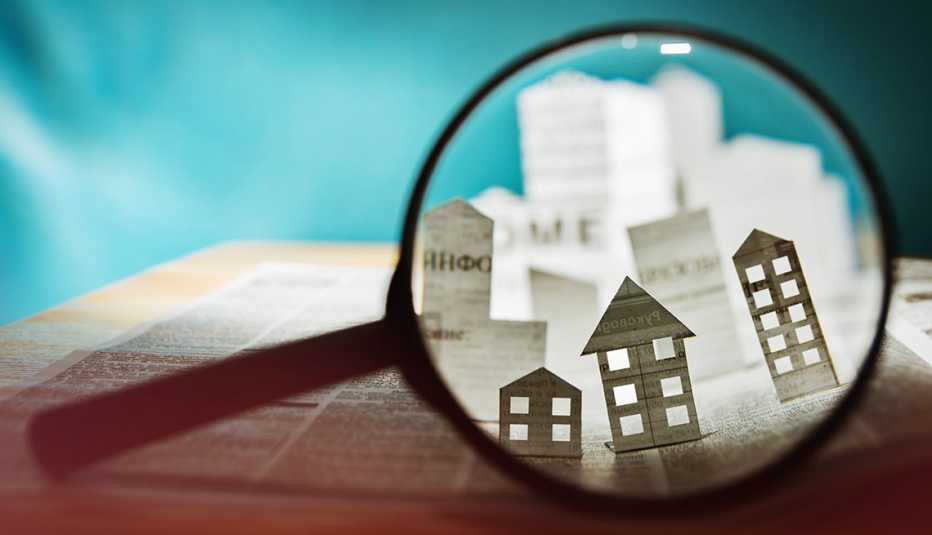AARP Hearing Center


If you’re thinking about buying or selling a home, you may notice that the tenor of the housing market is changing. With mortgage rates now above 7 percent, the prospect of high monthly payments has pushed some buyers out of the market entirely. And homeowners who already have low-rate mortgages, many under 4 percent, are reluctant to move and give them up.
What does all this mean for older homeowners? If you have paid off your mortgage and are happy where you’re living, you don’t have to pay much attention to mortgage rates — or the housing market, for that matter. If you’ve decided to relocate for retirement or move for a job — meaning you have to sell your old home and buy a new home, or borrow against the equity built up in your existing home — you might find that your options are becoming increasingly limited. And expensive. Here’s your guide to the new world of high mortgage rates.
Why are mortgage rates so high?
Mortgage rates take their cue from the 10-year Treasury note yield, which stood at 4.3 percent as of Sept. 6. Treasury yields have been rising because of inflation. Treasury notes are loans to the U.S. government. They pay a fixed interest rate until they mature, at which point you get your principal back. When investors think that inflation will rise, they demand a higher interest rate from bonds, because inflation erodes the value of the note’s interest payments over time.
Bankers feel the same way about home mortgage rates, and when inflation is rising, mortgage rates rise too. Although mortgage rates are nowhere close to their high of 18.63 percent in 1981, the recent increase in mortgage payments makes a big difference for buyers and sellers. From May 2019 to March 2022, for example, you could get a 30-year fixed-rate mortgage for $300,000 for less than 4 percent. Your monthly principal and interest payment on a 4 percent loan for $300,000 would be $1,432.
The average 30-year mortgage rate on Aug. 31 was 7.18 percent, according to mortgage giant Freddie Mac. At that rate, your monthly payment would rise $600, to $ 2,032 — an increase that many potential buyers might not be able to afford. “If you want to move out of that house and purchase another home, maybe a better home, you’re going to be facing a mortgage yield now that is about 7 percent,” says economist John Lonski, president of the Lonski Group.
Advice for homebuyers
One of the peculiarities of the current housing market is that new homes are often selling for the same — or less — than existing homes. Normally, new homes cost more than existing homes. Because interest rates have risen so much, many homeowners are reluctant to put their homes on the market and lose their rock-bottom mortgage rates, making the inventory of existing homes historically low.
“In the month of July, existing home sales are down 16.7 percent from a year ago,” Lonski says. Sales of new homes, however, rose 31 percent. “I’ve never seen anything quite like this.”
Buying a new home may make more sense for people who are downsizing or moving somewhere else with lower home prices. New homes typically have warranties — in addition to new appliances, furnaces and roofs. With a new home, you won’t have to worry about major repairs, at least for a few years. “All else being the same, I would go with that new home,” Lonski says.



































































More From AARP
What's The Right Way To Spend Emergency Funds
Medical and dental costs top the list5 Tips to Sell Your Home for Top Dollar
How to get the best price for your house when you downsize
Fed’s Rate Hike Means Higher Returns on Savings
Take advantage of the highest rates in years